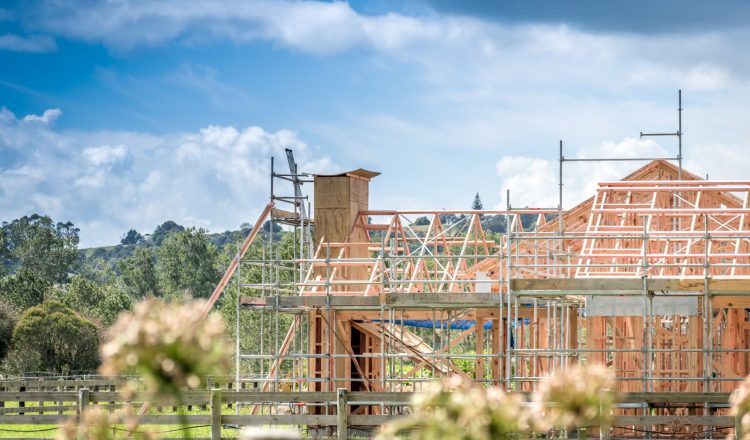ホームリノベーション
ニュージーランドでは「自分でやる(DIY)」という文化があり、ほとんどの人がリフォームをする際には、自分でできる作業はすべて自分でやることを選択します。それは、コストを削減し、本当に取り組むための方法です。
ほとんどのホームリノベーションは自分で行うことができますが、配管工事や電気工事など、専門家の助けが必要な改修もあります。このような場合、プロの手を借りなければ、家に重大な問題を引き起こしたり、自分が怪我をしたりする可能性があります。
多くの変更や改装には建築許可が必要です。これは、あなたが提案している建築作業の正式な承認です。この種の作業は、認可された建築実務者によって行われなければなりません。2004年の建築法では、以下のような種類の建築工事が含まれます。
- 構造的な建築物の工事 – 改築、増築、再舗装、一部の解体を含む
- 配管・排水工事のうち、追加の設備を設置するもの 建物の再配置
- 増築のための土工事など、一部の現場作業
- 高さ2.5メートル以上のフェンスの建設
- 高さ1.5メートル以上の擁壁の建設
- スイミングプールやスパプールへの設置
建築許可が必要であることがわかった場合は、申請書に記入する必要があります。建築許可を取得するまでは、建築プロジェクトの物理的な作業を開始することはできません。
十分な情報を得た上で、効率的かつ費用対効果の高い決定を下すためには、申請書にしっかりとした根拠があることを確認する必要があります。また、優れた申請書を作成することで、手続きや承認までの時間を短縮することができます。
申請書は通常、地元の地方自治体(カウンシル)から入手するか、ウェブサイトからダウンロードすることができます。ウェブサイトでは、お客様がフォームに記入する際に特別な条件があるかどうかについての情報が掲載されています。
家の改装に建築許可が必要であるにもかかわらず、許可を得ずに作業を開始した場合、違反をしたことになり、最高20万ドルの罰金や、行った作業の撤去などの罰則が科せられます。
ニュージーランドでの建築工事は、建築基準法に準拠しなければなりません。建築基準法は、2004年の建築法に基づく規則に含まれています。この法律は、建築分野を管轄し、ニュージーランドの新築および既存の建物の建設、変更、解体、維持に関する規則を定めています。
どのような計画であっても、建築物が建築基準法に準拠しているかどうかを確認するために、通常は地方自治体が建築許可局(BCA)として審査を行います。BCAは、建物が建築基準法に準拠していることを確認し、それが正しいと判断した場合には、工事を進めることができるように建築許可を発行します。
企業・技術革新・雇用省(MBIE)は、建築業界の全体的なリーダーシップをとっています。MBIEは、建築工事を規制するシステムを管理し、常に最新の状態に保つようにしています。つまり、建築基準法や製品のドキュメントを定期的に見直し、その遵守方法を示します。建築基準法の遵守に関して揉め事が発生した場合は、MBIEに相談することができます。

















































